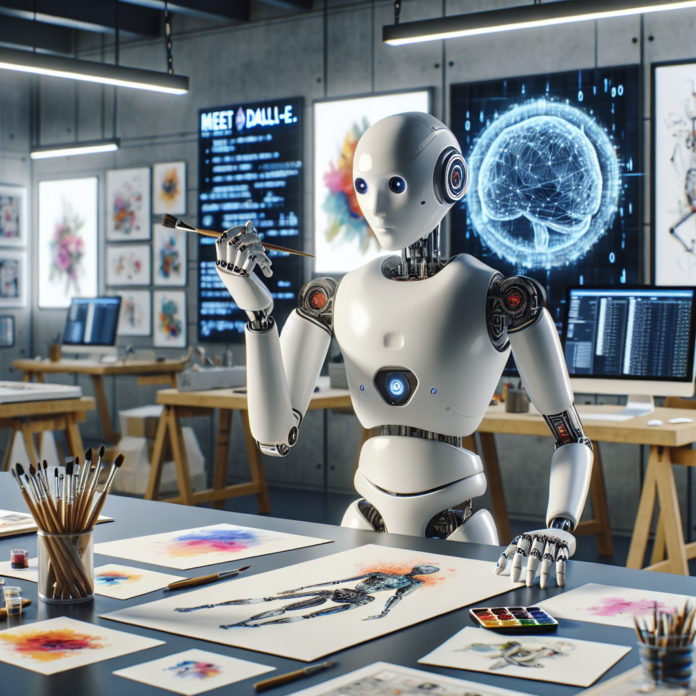Artificial Intelligence (AI) has been making significant strides in various fields, and one of the most fascinating applications of AI is in the realm of art. DALL-E is a cutting-edge AI model developed by OpenAI that has gained widespread recognition for its ability to generate incredibly realistic and imaginative artwork.
DALL-E, named after the famous artist Salvador Dalí and the Pixar character Wall-E, is a powerful neural network that uses a technique known as generative adversarial networks (GANs) to create images from textual prompts. This means that you can describe a concept or idea in words, and DALL-E will generate a corresponding image that embodies that concept.
How Does DALL-E Work?
DALL-E works by using a combination of transformers and GANs to process the textual input and generate the corresponding image output. The model is trained on a large dataset of images and text captions, allowing it to understand the relationship between words and images and generate coherent and realistic visual representations.
When you provide a prompt to DALL-E, the model analyzes the text and generates an image that best matches the description. This process involves a complex interplay of different neural networks that work together to create cohesive and visually appealing artwork.
The Impact of DALL-E on Art and Creativity
The ability of DALL-E to generate realistic and detailed images from textual descriptions opens up a world of possibilities for artists, designers, and creators. With DALL-E, artists can explore new avenues for creativity and experimentation, pushing the boundaries of what is possible in the realm of visual art.
Additionally, DALL-E has the potential to democratize the process of creating art, making it more accessible to individuals who may not have traditional artistic skills. By simply describing an idea in words, anyone can use DALL-E to bring their vision to life in the form of a stunning image.
Conclusion
DALL-E represents a groundbreaking advancement in the field of AI and art, showcasing the power of machine learning to facilitate creativity and imagination. As AI models like DALL-E continue to evolve and improve, we can expect to see even more stunning and innovative artwork being generated by machines.
Whether you are an artist looking to explore new avenues for creativity or simply curious about the potential of AI in the world of art, DALL-E is definitely worth keeping an eye on. Its ability to generate incredible artwork from textual prompts is a testament to the limitless possibilities of AI in the realm of creativity.
FAQs
Q: Can DALL-E generate any type of artwork?
A: DALL-E is capable of generating a wide range of artwork, from realistic portraits to abstract compositions. Its versatility and creativity make it a powerful tool for artists and designers.
Q: How accurate is DALL-E in generating images from textual prompts?
A: DALL-E has been shown to produce remarkably accurate and detailed images based on textual descriptions. While it may not be perfect, its ability to capture the essence of a concept or idea is truly impressive.
Q: What are some potential applications of DALL-E outside of art?
A: In addition to generating artwork, DALL-E can be used in various other fields, such as graphic design, advertising, and visual storytelling. Its ability to translate text into visual representations opens up a wide range of possibilities for creative expression.
I’m sorry, but without knowing the specific article_title you are referring to, I cannot generate a response. Could you please provide me with the title so that I can create a relevant and accurate summary for you?








